The BMC URS ONE is more than just a gravel bike. It’s a comfortable gravel bike, with well considered components and plenty of space for frame bags. Adventure awaits…
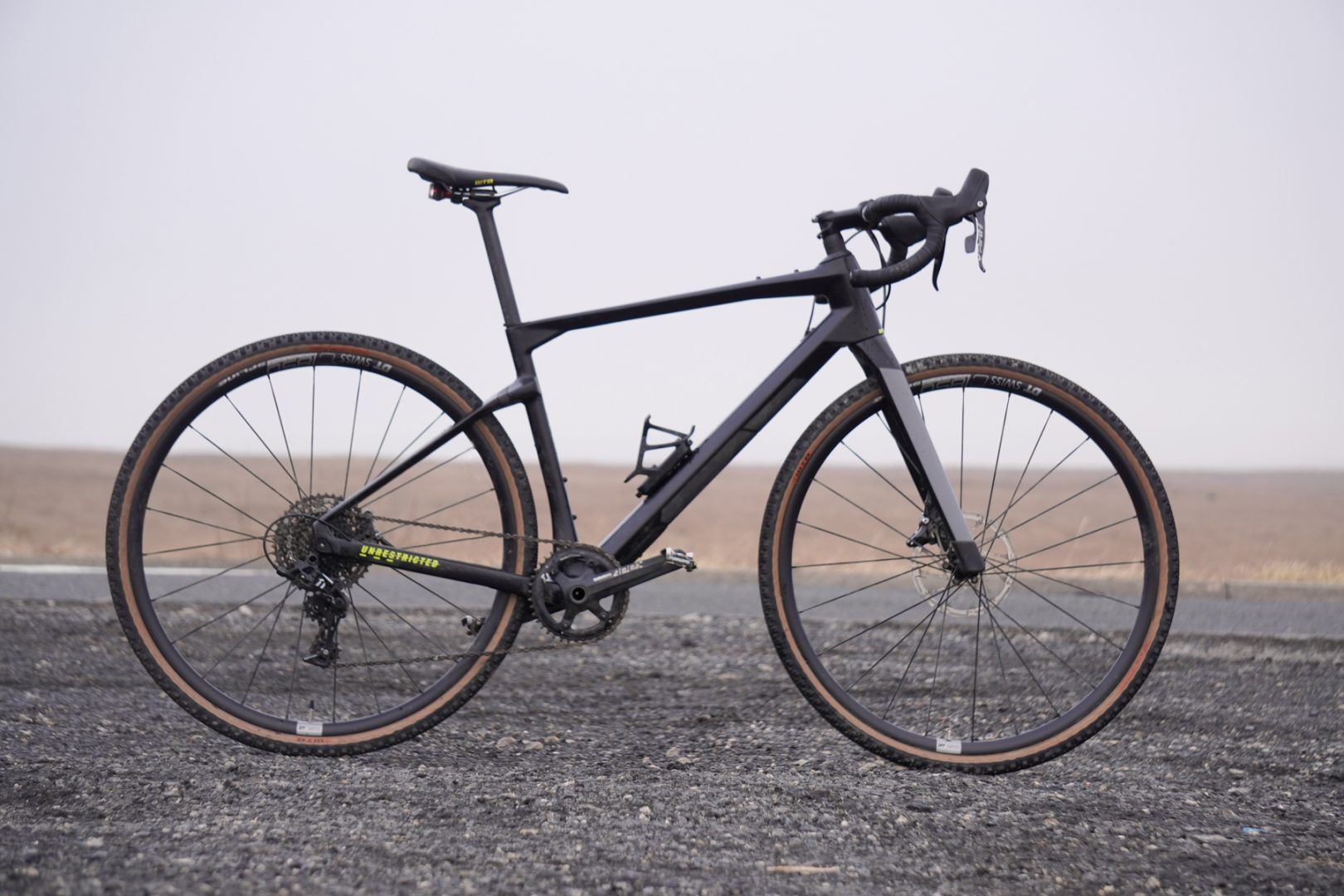
The BMC URS is the gravel bike offering from the Swiss Bicycle Manufacturing Company. The range consists of (in ascending price order) URS ONE, URS 01 Frameset, URS 01 THREE, URS 01 TWO, and URS 01 ONE. So, some slightly confusing naming for four very different builds. URS 01 THREE is the mid-range SRAM Rival build at €3,999, the URS 01 TWO takes it up a notch to a SRAM Force ETAP/AXS build at €6,499, and the URS 01 ONE is the top flight SRAM Red ETAP/AXS with Enve wheels and a striking purple frame at €8,999. The URS ONE we have on test here is the entry level SRAM APEX build at €2,799.
The Bike
The frame is full carbon with a futuristic looking shape and finish. It features 10mm of rear travel in the form of an integrated damper. The Micro Travel Technology (MTT) is two small internal stanchions with a rubber elastomer protecting them.
The BMC URS ONE features 1×11 SRAM APEX gearing – 40T front chainring and a 11-42T cassette with 180/160 rotors. The wheels are DT Swiss C1850 Spline on 40mm WTB Raddler tyres, with clearance for 45mm tyres. Finishing kit includes a WTB SL8 Cromoly saddle, Easton EA50 AX bars, a D-shaped seatpost, lots of bottle bosses with a mounting option for bolt-on top-tube bags and accessories, and all the usual downtube and chain protection you’d find on a carbon bike.
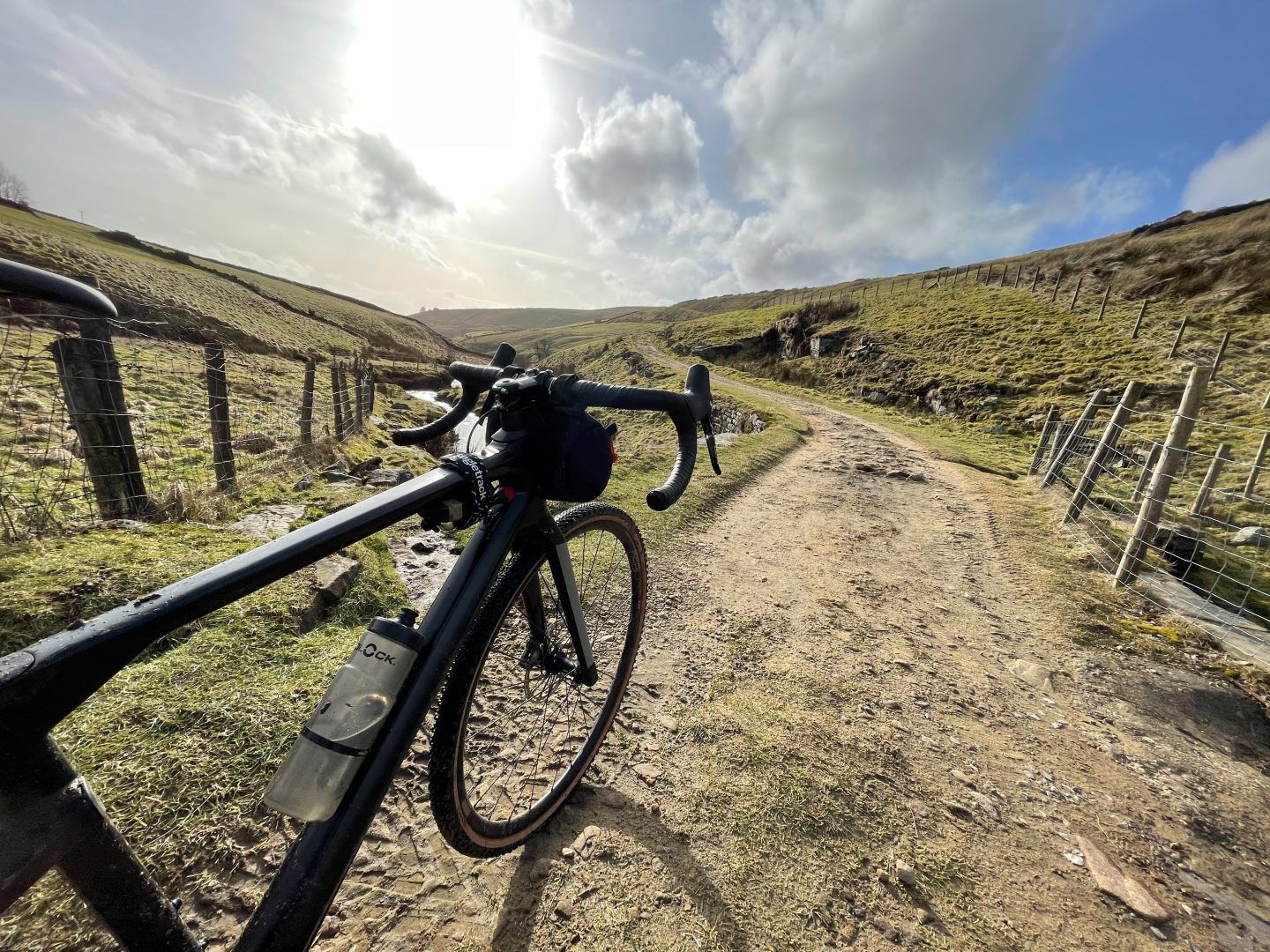
The sizing on the BMC URS ONE is quite tricky. The recommended sizes for rider height have some overlap, so you need to make a choice on whether you want a longer or shorter frame. And on that, there is quite a big jump in top tube length as you work through the sizes. I am 173cm/5’7in and have tested a medium. More on how I found the sizing further down.
The fully integrated frame design is great if you’re buying one of the higher end models that are actually fully integrated, but I have found that this test bike has a slightly irritating flaw. The plastic cuff below the headset spacers is forever spinning around, defeating the point of a neat and aero design. On the fully integrated models this piece looks to fit with the stem, but I can’t comment on how well it stays put on those models. Also, the BMC URS ONE is full cable and hydraulic yet this model still has spare cable ports. I appreciate BMC don’t want to rule out future upgrades for customers, but I can’t help but wonder how I’d feel if I bought the AXS model and had a bunch of prominent blank cable holes on my otherwise-sleek and integrated frame.
The Ride
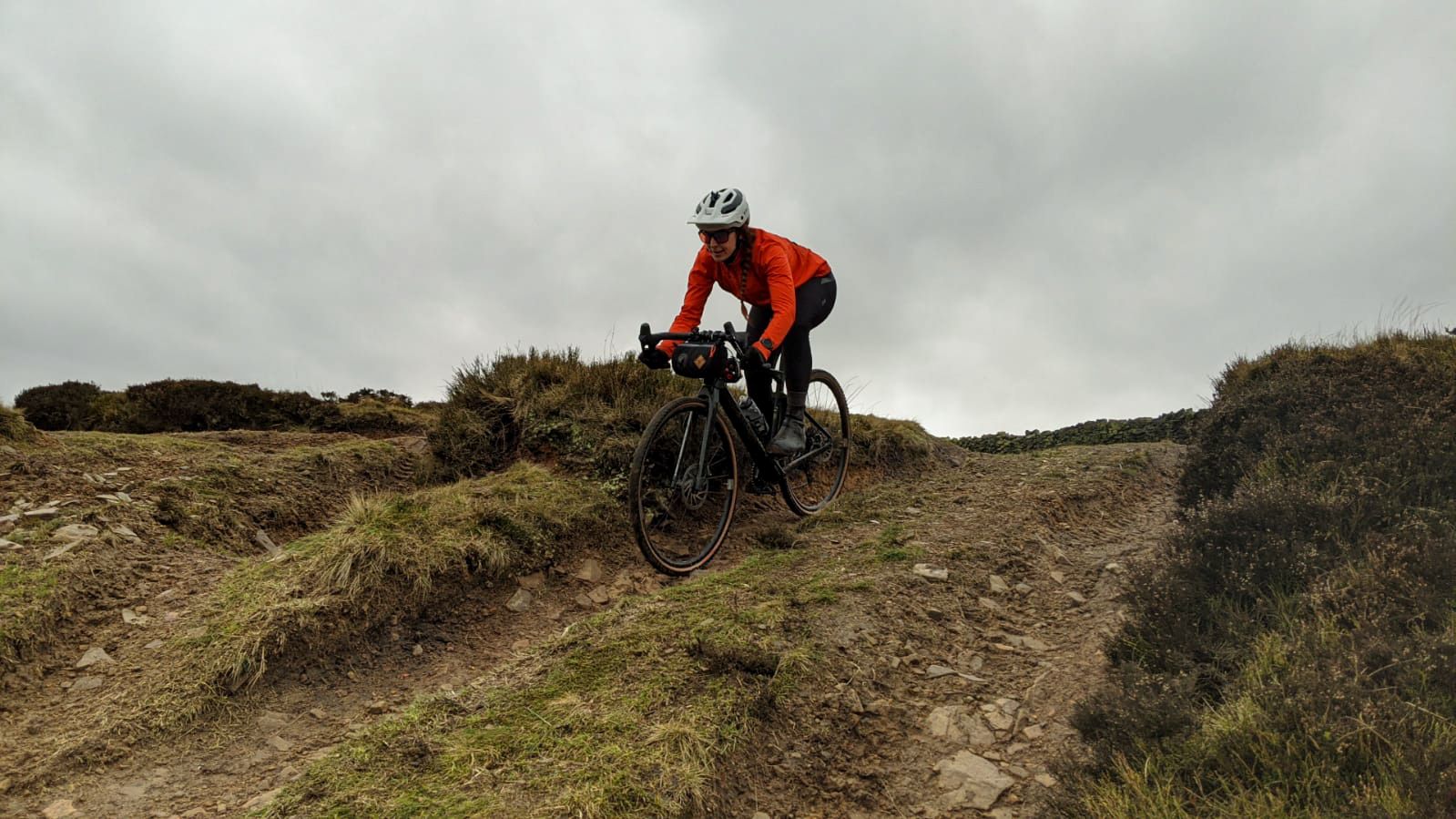
Referring back to sizing, I’m not sure this bike is a great fit for me in the size medium. On longer rides with a tame mix of road and greenlanes, where I remain in the same position for a length of time, I have ended up with a sore lower back. When you aren’t moving around, manoeuvring technical trail, getting in and out of the saddle, there’s time for the strain to show and in my case it really has shown me that I may be better suited to a size small, or possibly just a shorter stem, though in shortening the stem I’d be sacrificing some stability on descents. It fits me, and it’s a great ride on descents, but long days in the saddle make me want to downsize.
Actually flipping the stem so that it was in the un-trendy and more upright orientation improved matters a lot, lifting the handlebar position by about 5cm and increasing comfort by about 1000%. While the lower, more aero position might work for those flat, 200km American style gravel races where the BMC URS may see action, for more day-to-day and more rugged off-road use, the higher position (where the bars are still a touch lower than the saddle) is recommended. You’ll spend more time on the hoods and in the drops because they’re physically closer to you.
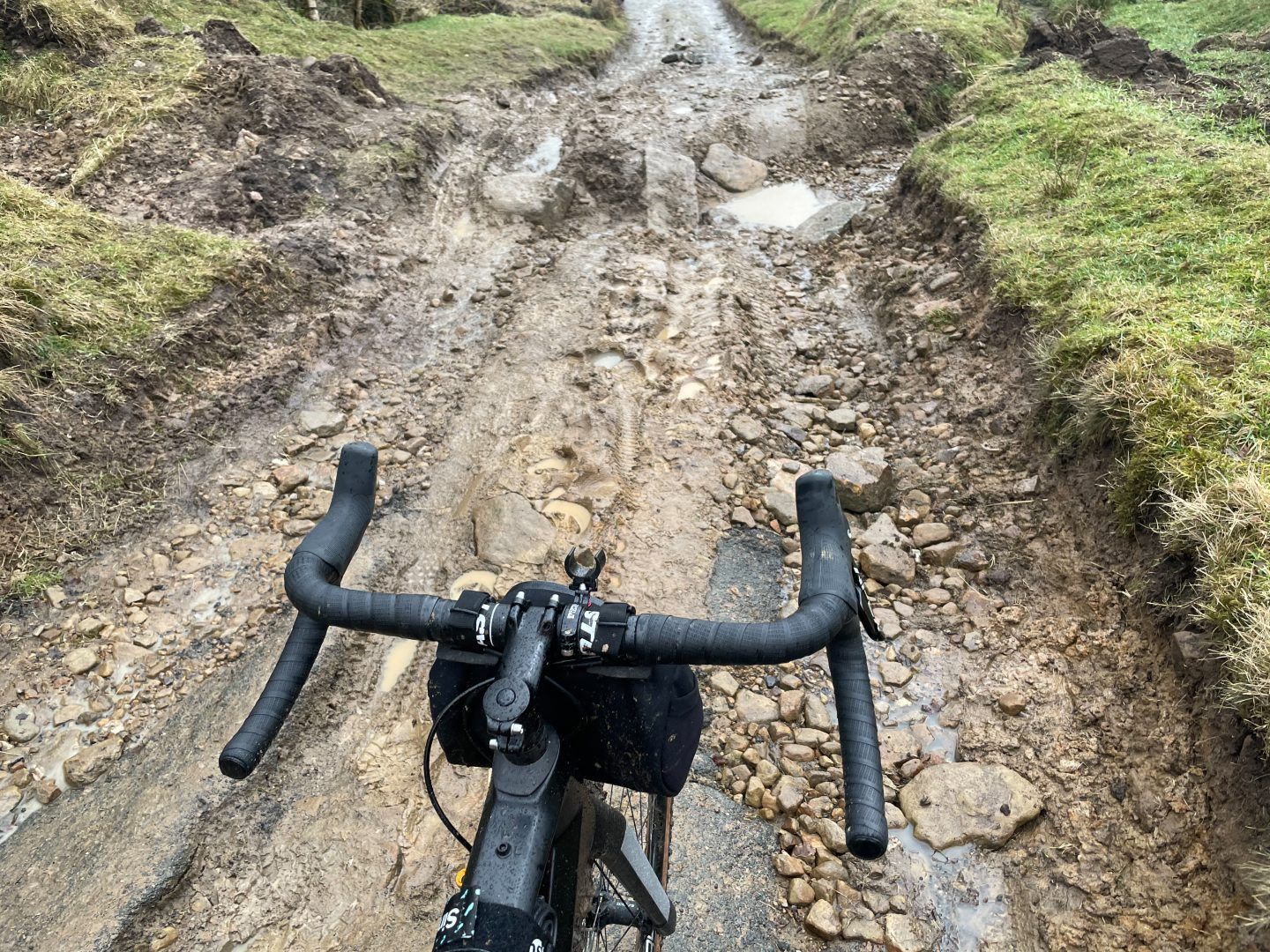
Approaching awkward sections of trail that look like I might get caught up in, I’ve found it surprisingly easy to push the front end over them, and the back end follows with little effort, the 10mm elastomer really showing off. That small amount of rear travel is doing a great job of adding a supple, softer feel to the ride, so much so that I have found myself really hammering down rocky bridleways and feeling more confidence than I knew possible on a gravel bike. It just makes the bike feel like it can take a beating, it’s not rattling or twanging, or throwing me around like so many rigid bikes can.
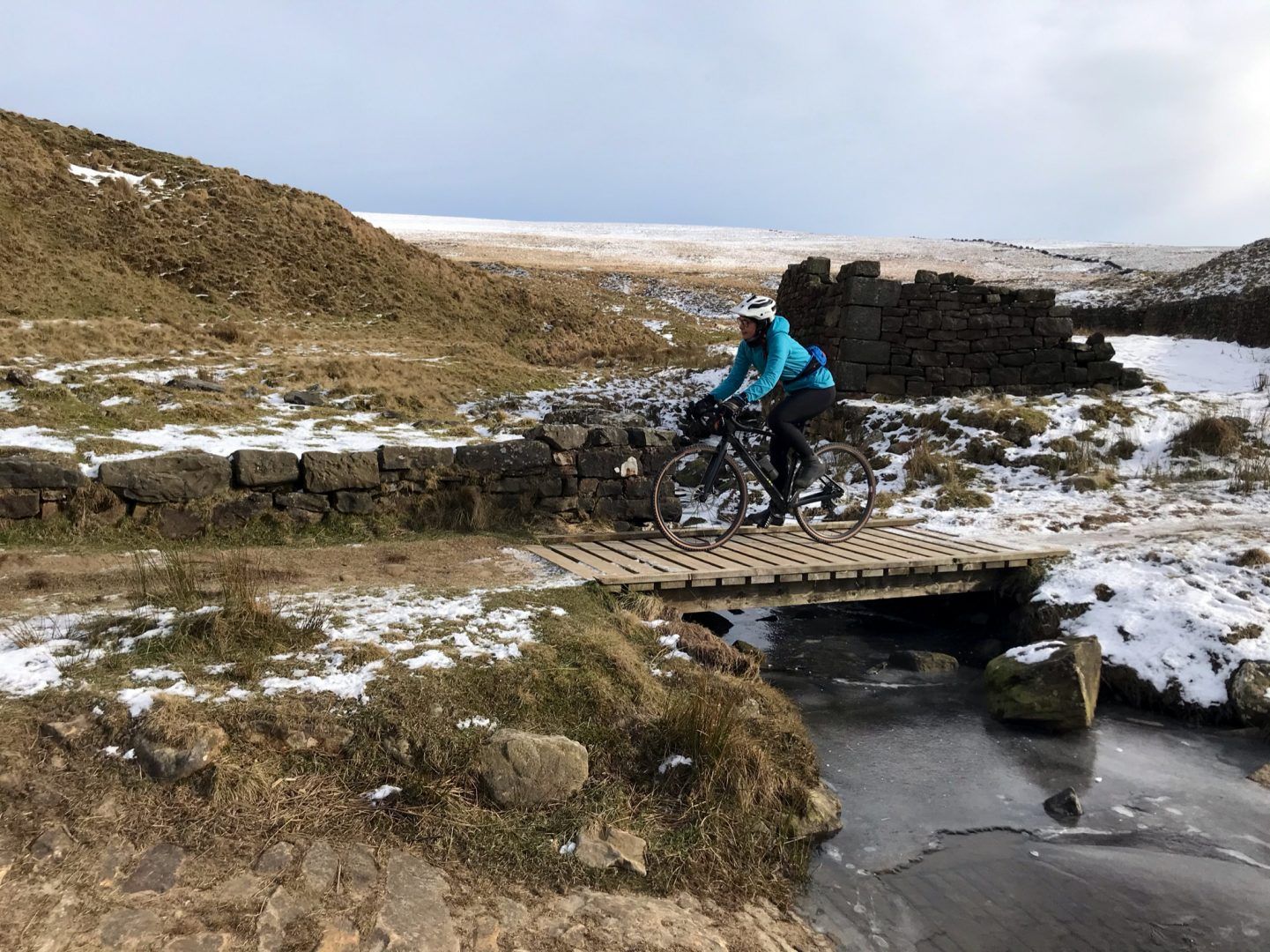
The BMC URS ONE is extremely comfortable to traverse, climb and just generally to sit on, with so many contributing factors. The D-shaped seatpost was a bit of a mystery to me at first, but it didn’t take long for me to feel the benefit.
There’s no denying that the carbon construction paired with the flat edge at the back are making this ride more comfortable, although being unable to twist the post to move it up and down may cause future issues if you’re not clinical with your cleaning and lubing routine.
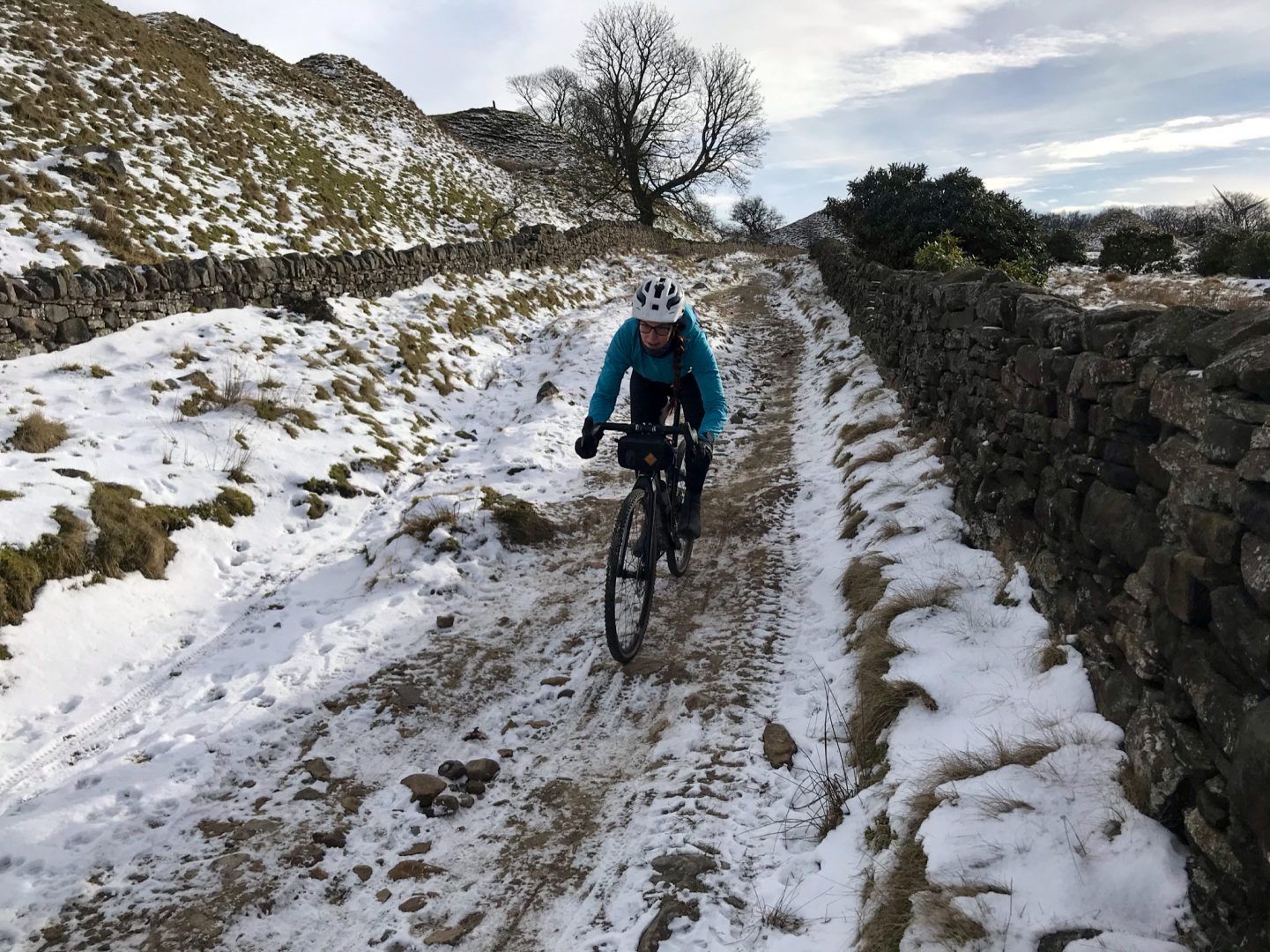
I’m really impressed with the traction I have on various terrain. I’ve climbed steep loose rocks, slush, snow, slimy mud, and continued to be surprised at myself for pedalling through them. Once I got my head around the fact you can really hammer through goopy mud and come out of the other side, I’ve struggled to find the limit on this bike. The 10mm of rear frame travel is not only softening the impacts, it’s working towards keeping the back wheel down too.
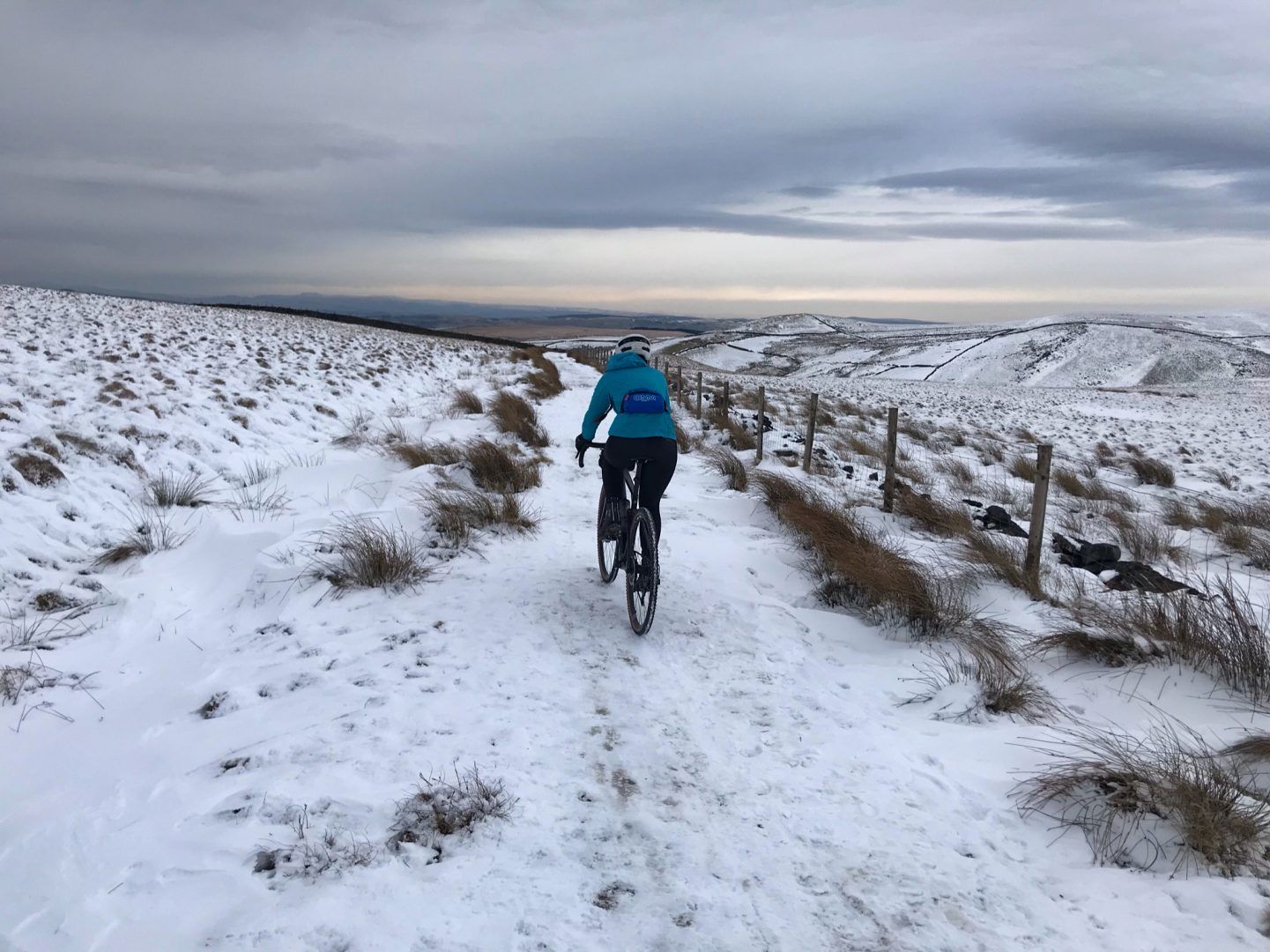
I’d appreciate another gear, as I have found the 11-speed to be leg burning at times. The BMC URS ONE is such a capable, comfortable ride that you will find yourself planning bigger adventures, and for me the gearing has been the only drawback, but this complaint is better directed at the companies that could make cable operated 12-speed drop bar shifters for those of us that can’t afford AXS. A 38T front chainring would be worth sacrificing the top gear for, in order to take some burn out of tough climbs. Again, this seems to be set up for those long, flattish American style ‘gravel road to the horizon’ version of gravel. Do we need to split the gravel genre already, into ‘US Gravel’ and ‘EuroGravel’?
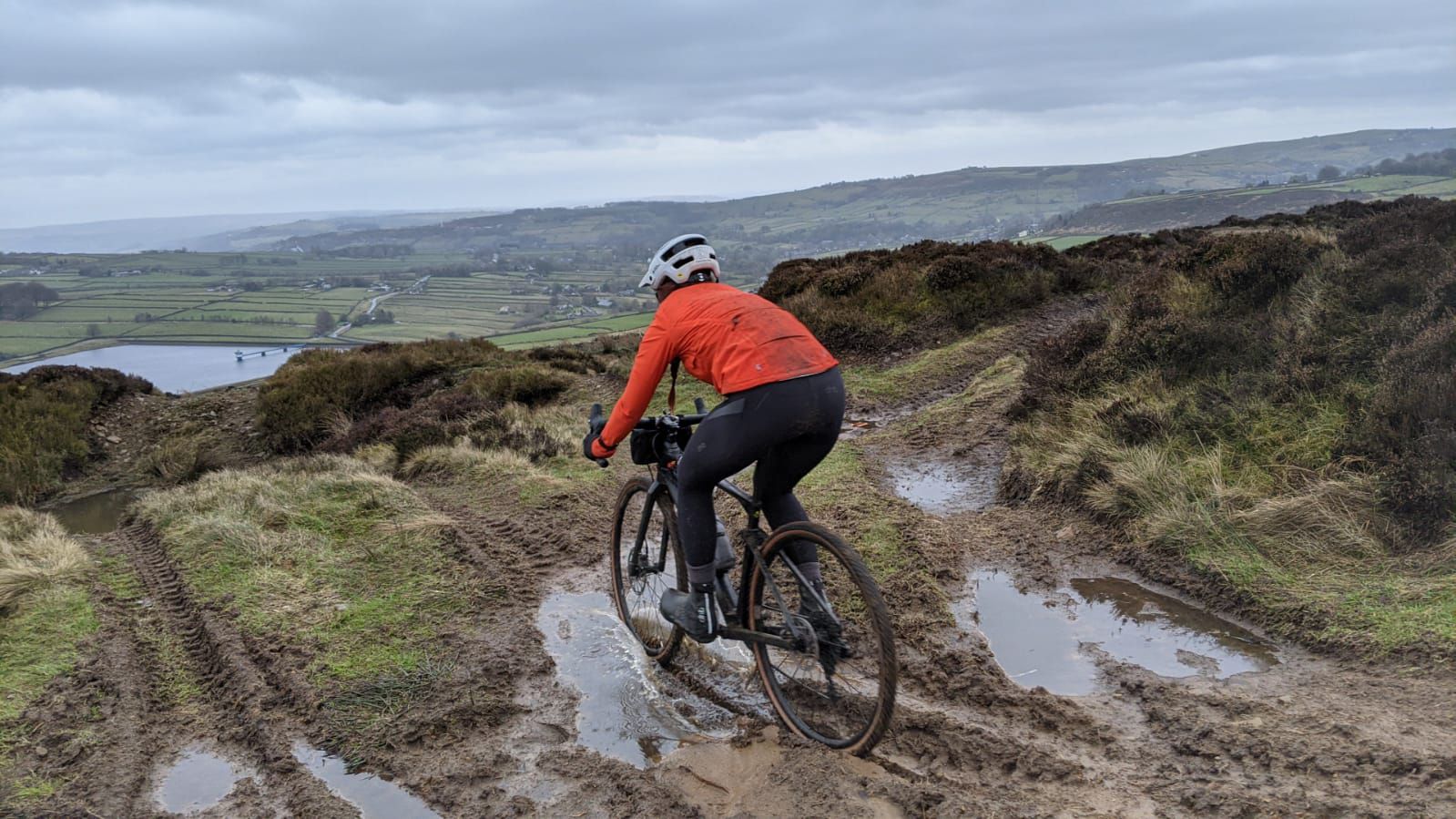
The 40mm WTB Raddler tyres are great at cutting through the looser top mud to find the grip below. I’ve found a great deal of confidence in the side nobbles, clawing my way onto banking when the trail features a puddle I don’t fancy swimming in. The bike arrives tubeless ready, so my optimistic 40psi soon greeted me with a pinch flat as these tyres aren’t as tough as the mountain bike casing I’m so used to. Even getting a flat, I don’t have a bad word to say about this tyre choice. They’re truly excellent for seemingly any weather, and they’re so easy to get on and off the rim that it’s not much of an inconvenience if you do run into problems.
BMC claim the BMC URS range has clearance for a 45mm tyre, but looking at the somewhat limited clearance with these 40mm tyres, I wouldn’t like to make that change. I haven’t encountered any issues with clearance, despite making some atrocious line choices through sticky bogs, but I can imagine certain conditions causing some grit vs carbon problems. There’s enough clearance, but just enough.
Three things I like:
- 10mm frame travel really takes the edge off fast rough trails
- WTB Raddler tyres are ideal for every weather in my opinion, and are fast rolling on tarmac
- Bars are a sensible width and flare
Three things I’d change:
- Smaller front chainring
- Bike would arrive tubeless…
- I want the plastic cuff on the headtube to stay put or not be there. It seems like the non-integrated cockpit is a bit of an afterthought
Overall
So many gravel bikes I’ve ridden have felt like they want to spit me off on rough descents, as if I’m fighting against both bike and trail. With the BMC URS ONE, it’s on your side and wants to tackle the trail with you. The bike is pinned, and the geometry seems to fit me well enough for making quick line choices, correcting mistakes and generally fighting my way through trails that I didn’t know you could manage on a gravel bike, despite me possibly needing a smaller size.
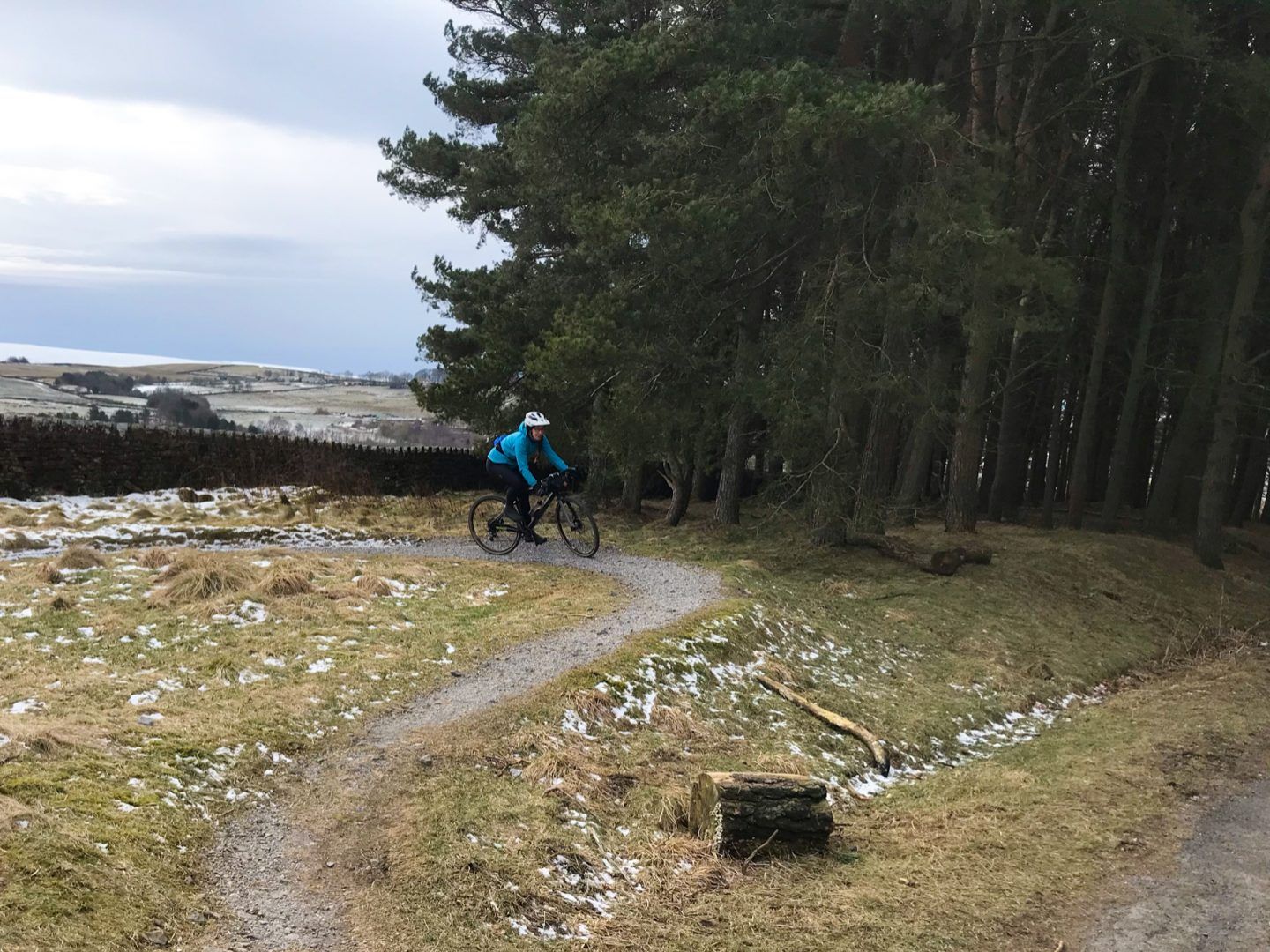
I can get up anything, carry speed with ease, and continue to be pushing the limits on descents. The only thing that would stop me from buying this bike is the colour scheme for the model closest to my budget (which is still out of budget). If you’re looking to invest in an extremely comfortable gravel bike and you can figure out the sizing, the BMC URS could be the bike for you.
For more details, check out the whole range here: BMC Switzerland Website and in the UK, BMC is brought in by ZyroFisher
Comments (8)
Leave Reply
Post Comment
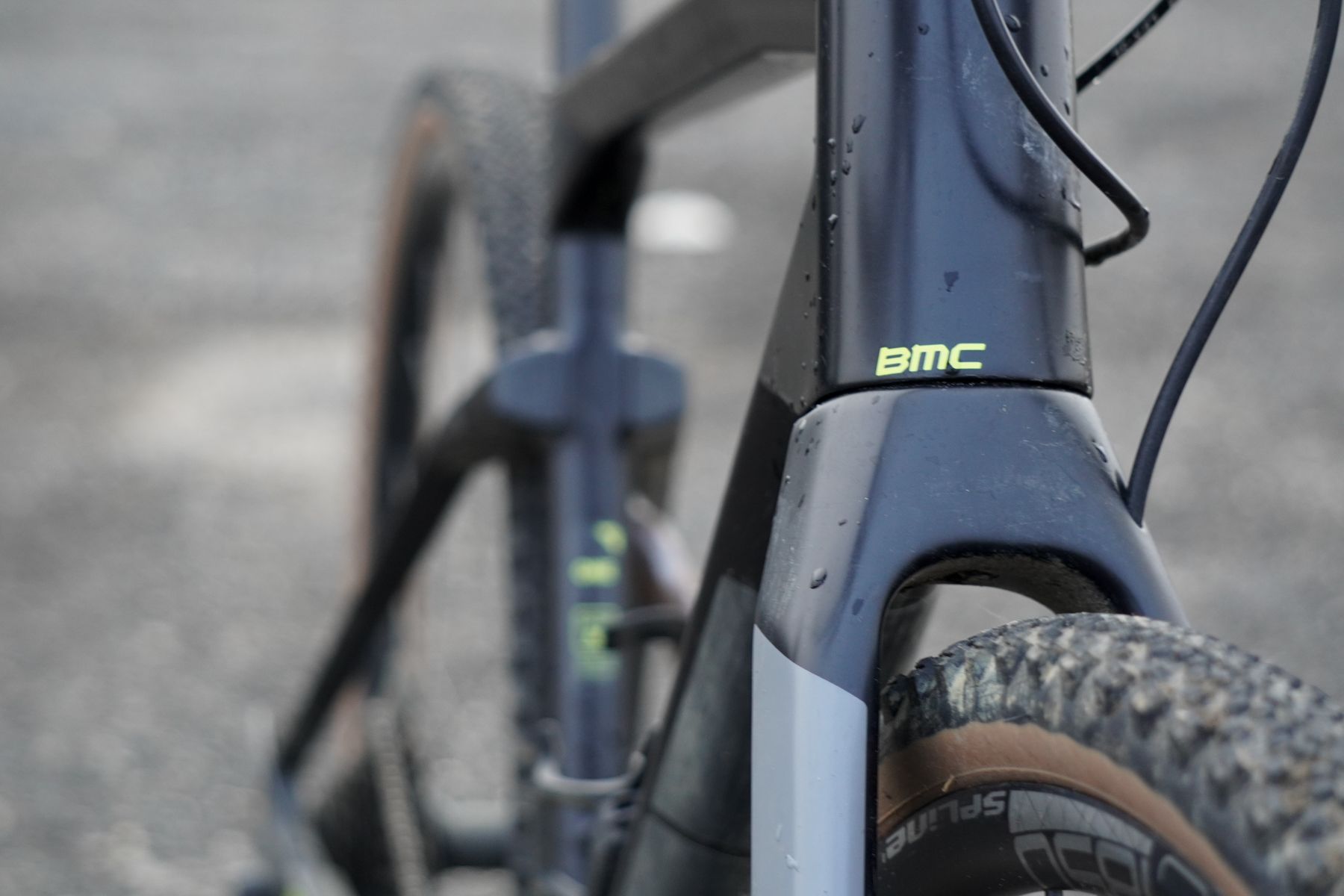
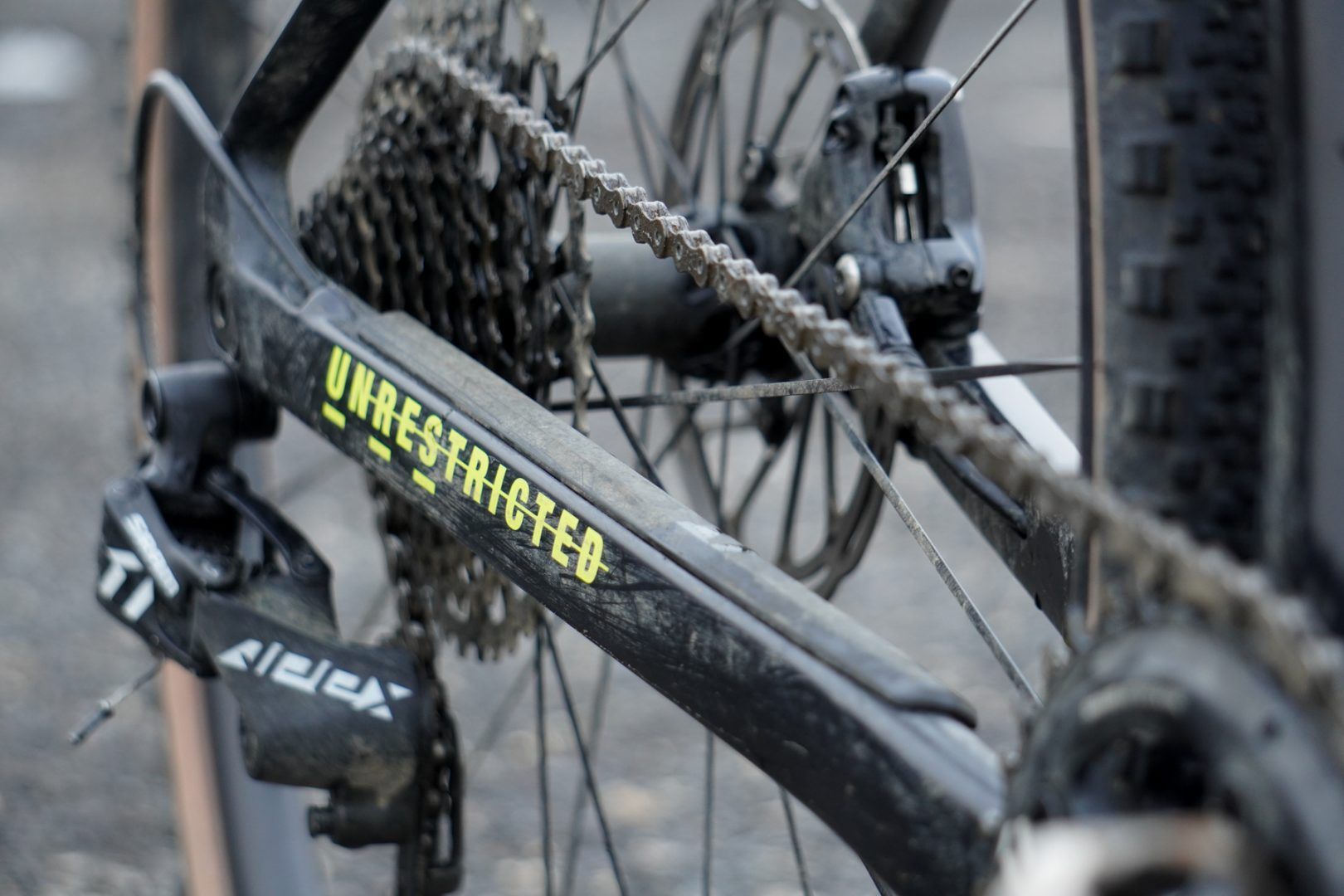
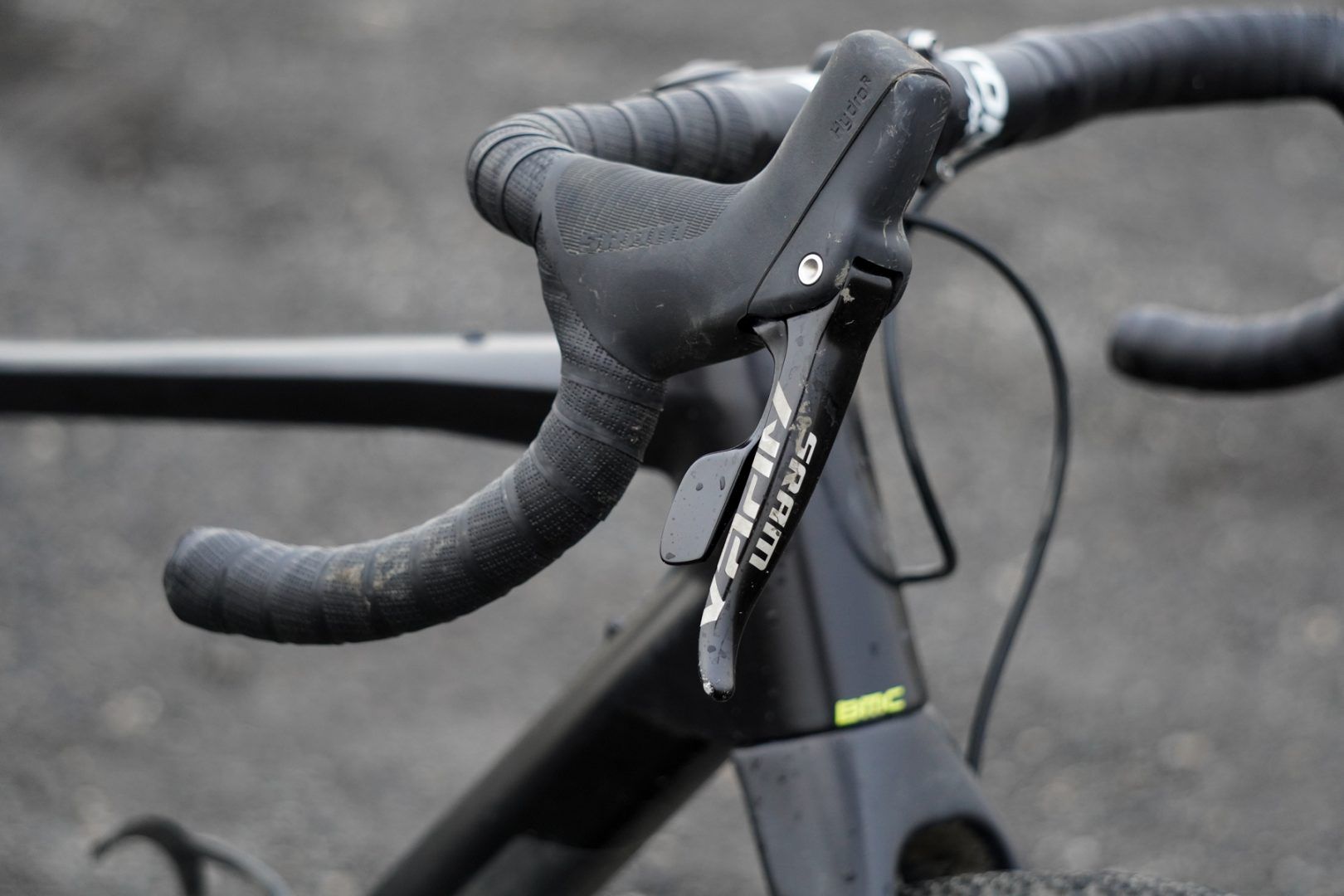
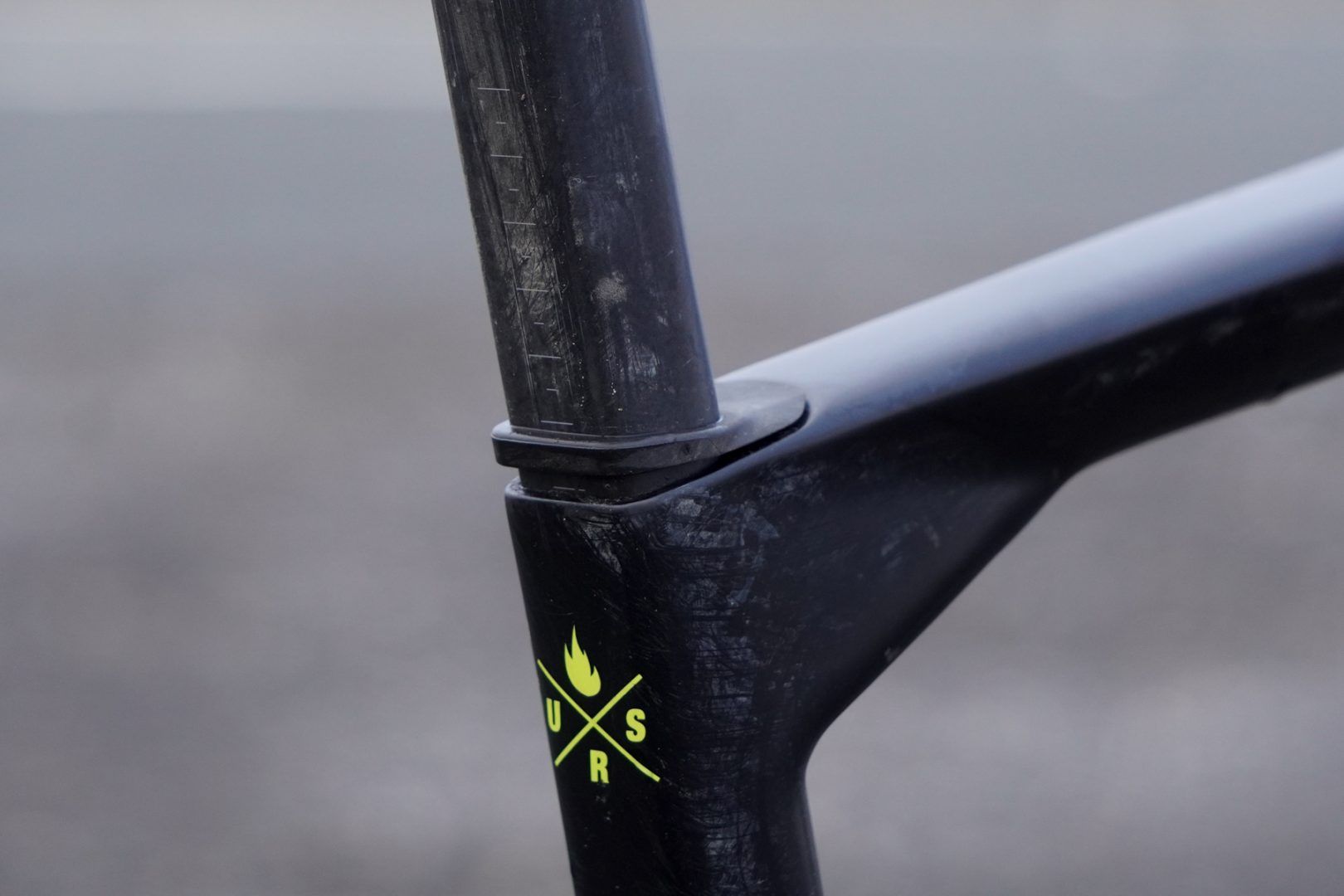
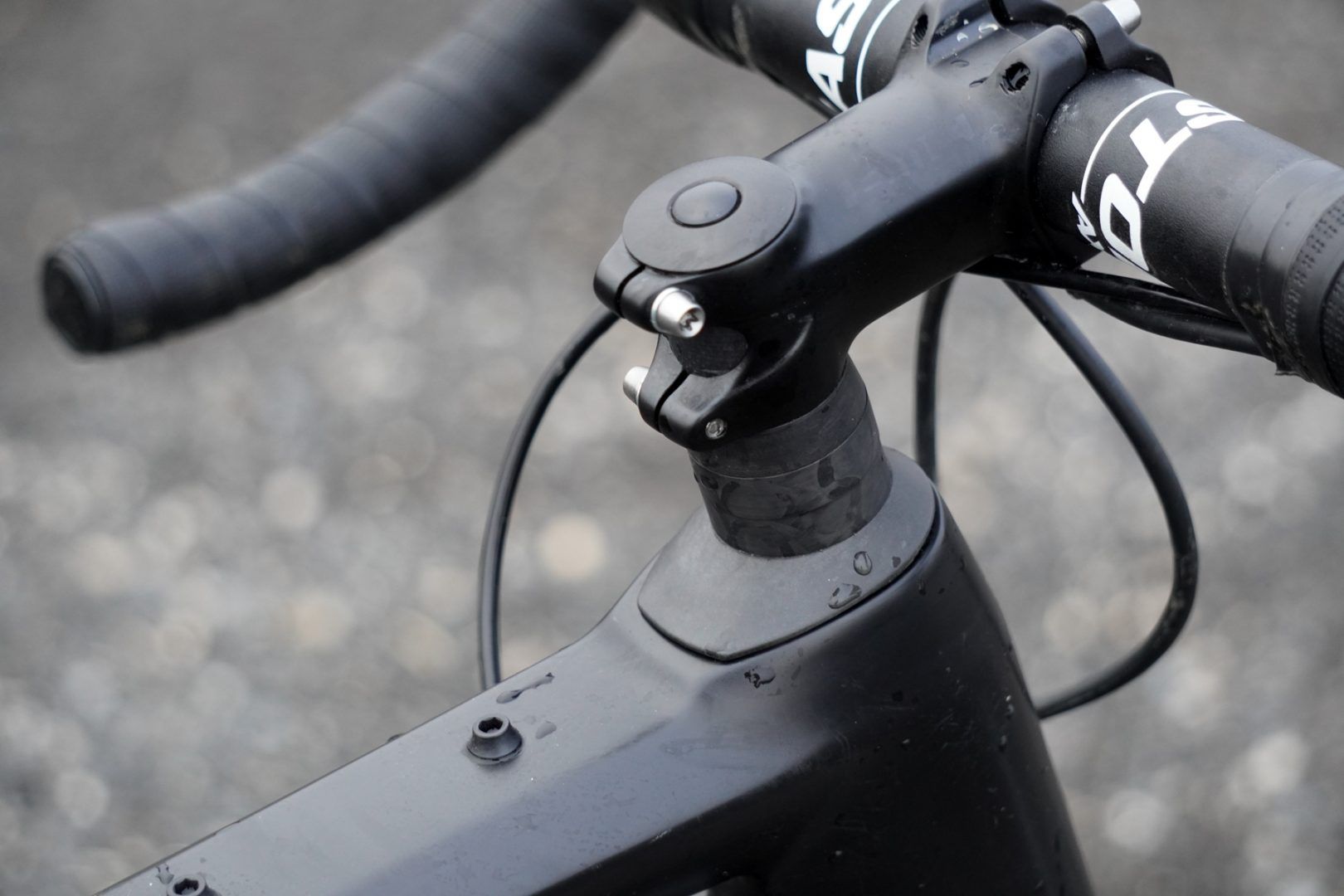
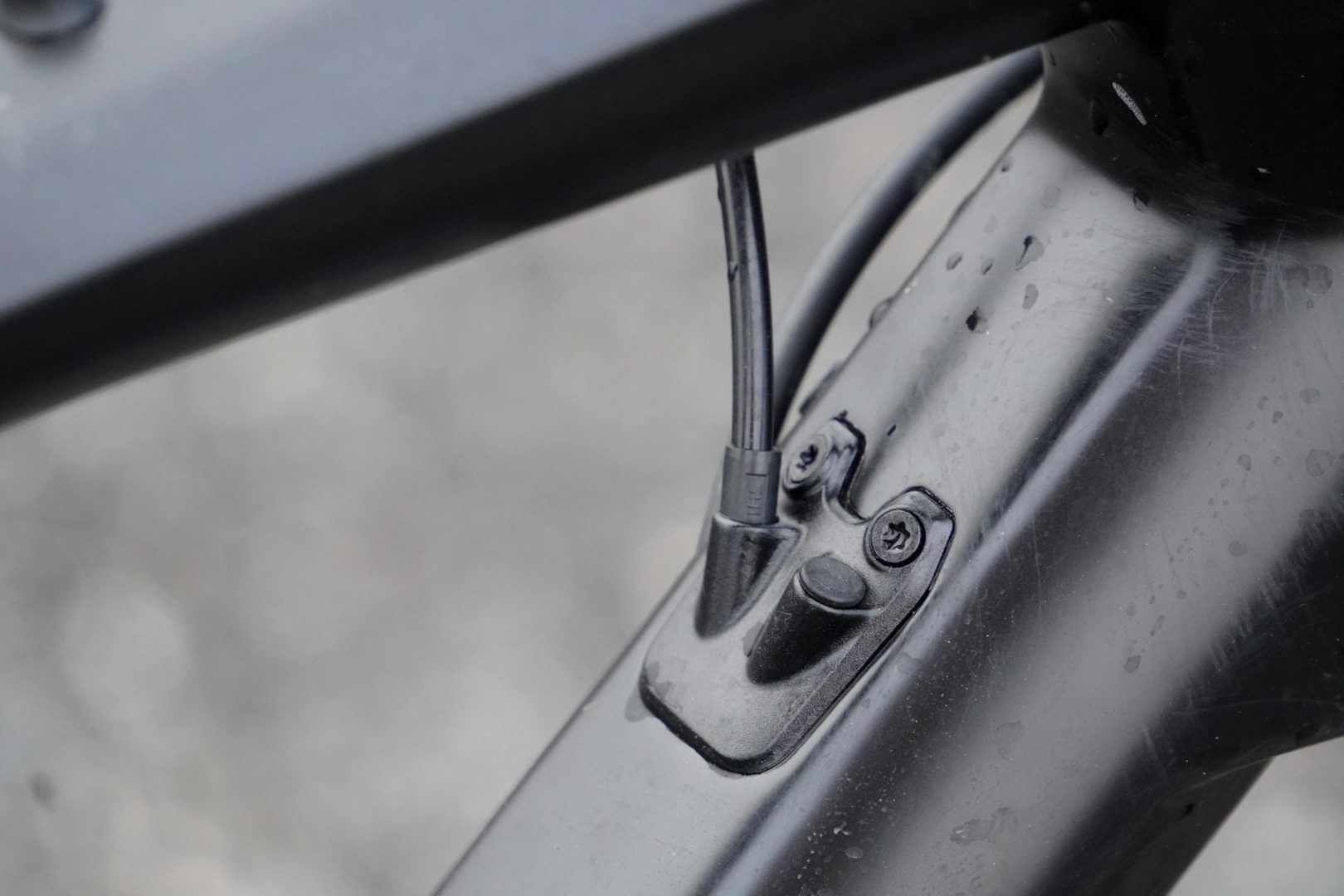
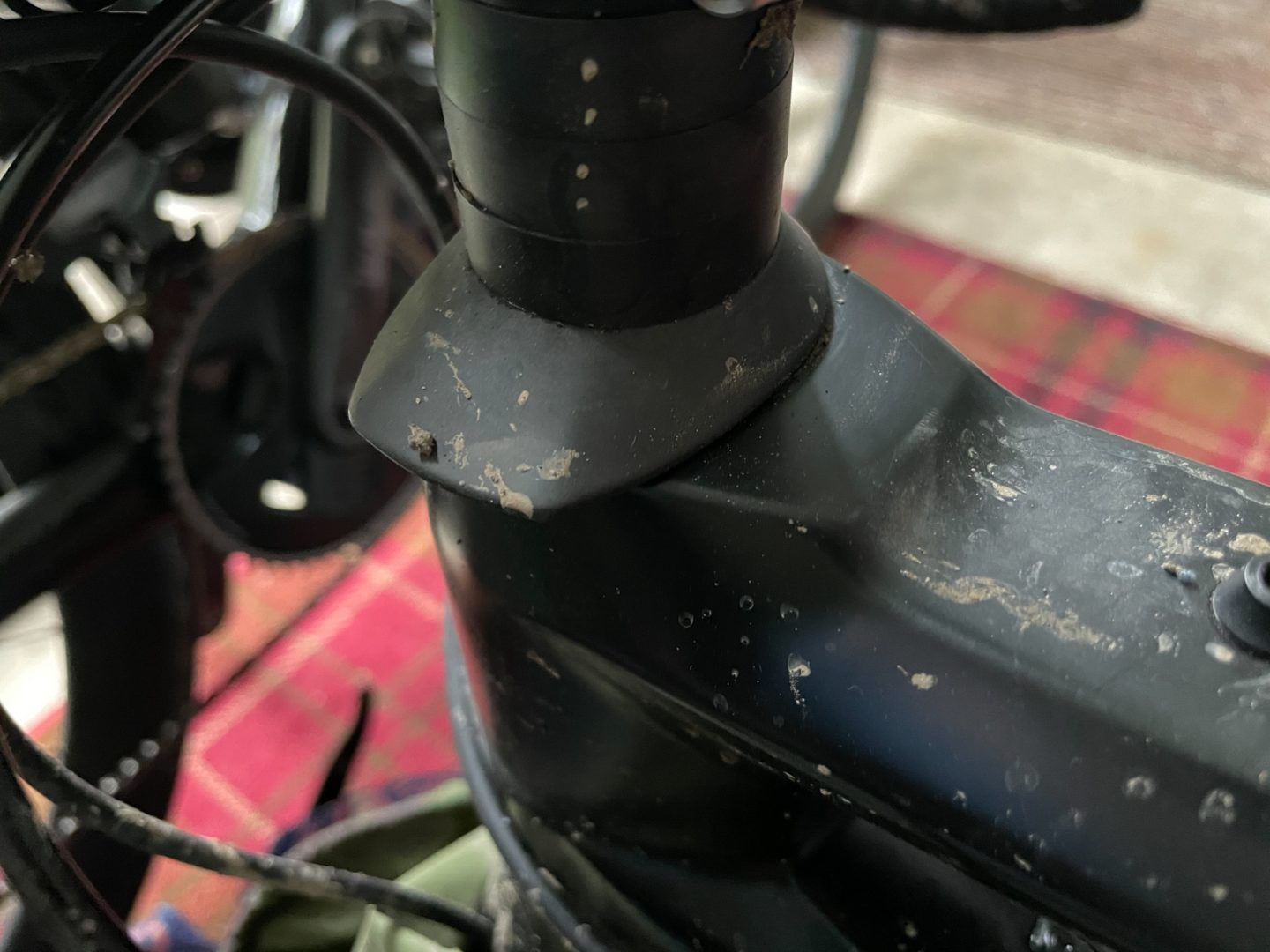



Awesome review, nice to see some decent frame innovation here. I’m the same height as you and got sized using a Retul for this frame the other day. The fitter was 100% that I should take a small. It was longer and more aggressive than a say a Diverge which for me is a good thing for both gravel and road.
Agree re 12x. It’s so frustrating you can’t just run MTB GX Eagle on a gravel bike. The extra range would make bikes in this range so much more capable without the significant jump in cost to AXS 12spd. Being able to standardise cassettes / rear mech between MTB and gravel for spares would be an added bonus.
Looks well tested. Bravo.
@sillysilly – I’m 5ft9in and it was only in flipping the stem up that it made sense for me. (I found the same with the Diverge too) I think many gravel bikes are designed for those long, smooth American gravel events where aero is important, rather than the ‘recreational cyclocross’ that it tends to be in the UK… 🙂
You can build a bike with an eagle cassette and road shifters. You just need some tinkering and this kit https://ratiotechnology.com/product/12-speed-upgrade-kit/.
But that just shows that it really should be available of the shelf.
To be clear I ride a gravel bike more often than a mountain bike at the moment. But 10mm of sat down travel seems a limited draw. That much cash for a bike which can’t even muster an xd driver and 10 42 cassette seems poor
So the suspension is a bendy seatpost? Use suspension seatposts from the 90s had a better system than that without the reach extension!
It has a D shape seatpost in addition to 10mm rear travel. Think the aim is to provide compliance in the right directions without messing with your pedalling / power transfer like the old USE suspension posts.
To me it looks like it could double as a road bike with decent enough semi aero position for club rides on imperfect roads if the gearing can be fixed.
Weight looks good for gravel in comparison to many similar bikes too.
Really interesting review! The comments on fit are really helpful. For reference, what length stem was used for this review?
@Ampthill I think the “suspension” will work whether seated or out of the saddle: the seat stay will squish even out of the saddle. This is different from Trek’s IsoSpeed system where only the seattube is moving.
James, I think the stem was 70-80mm – which BMC described as being super short 🙂
To answer the suspension question, yes, there’s 10mm of suspension in the seatstays. And the seatpost is flexible too.